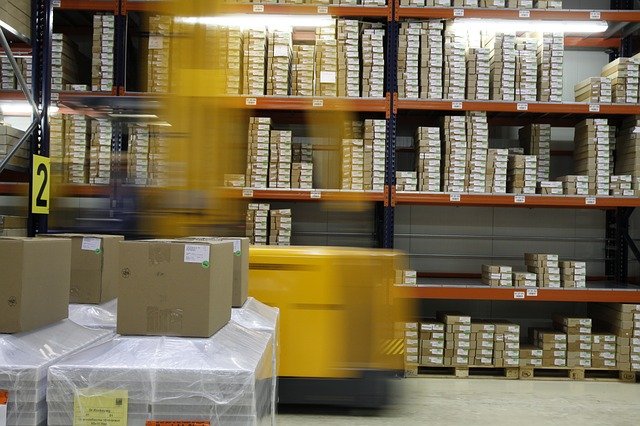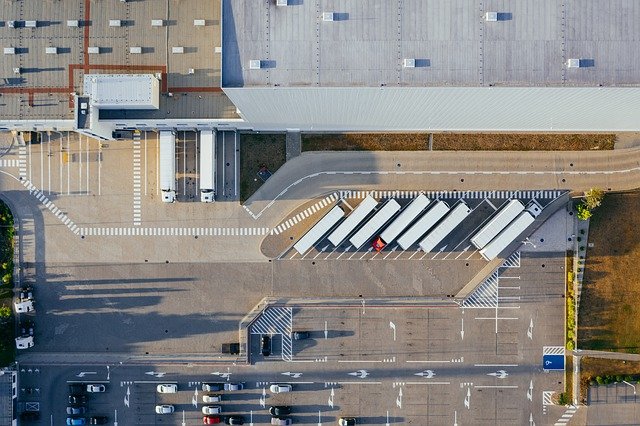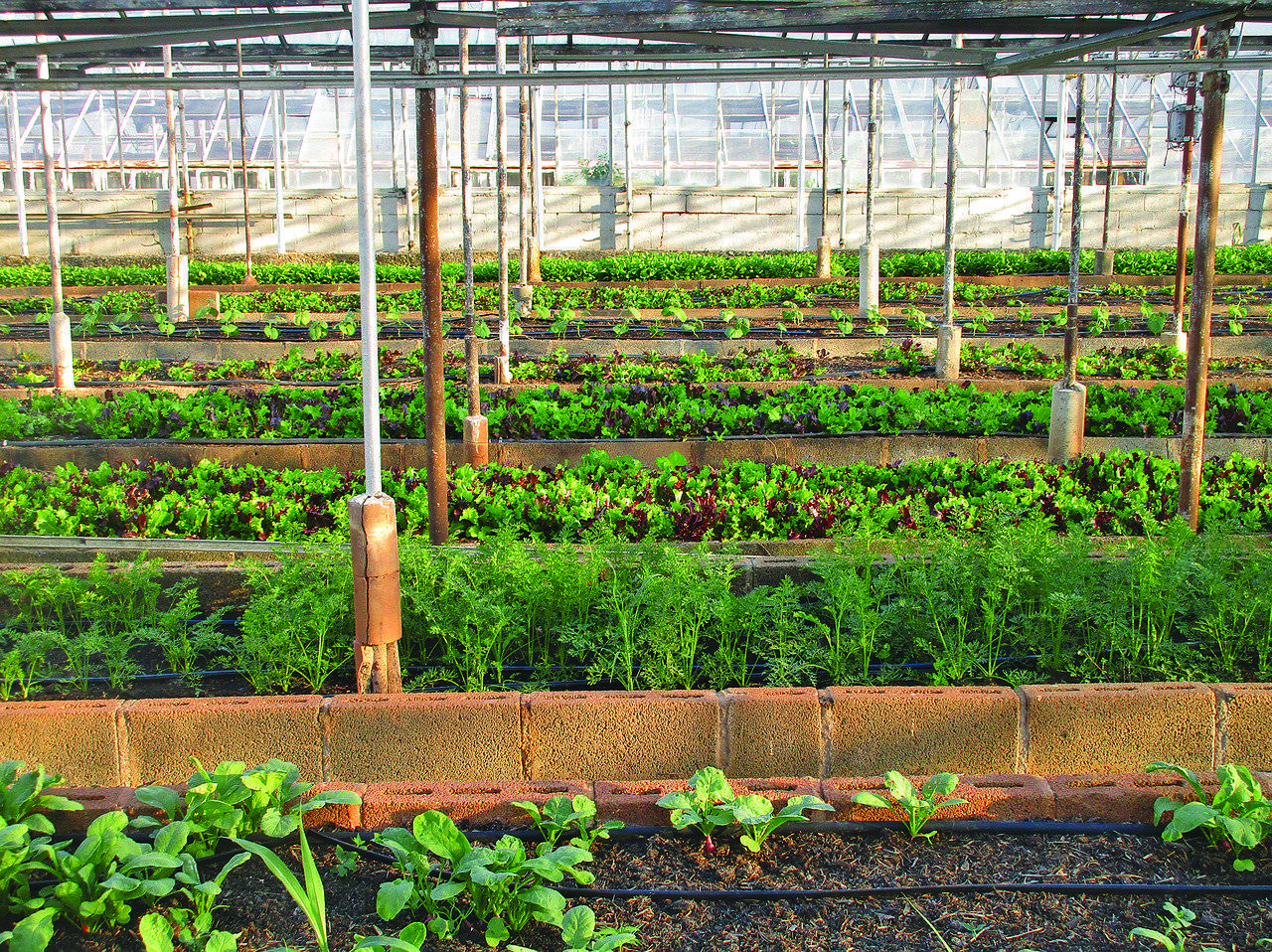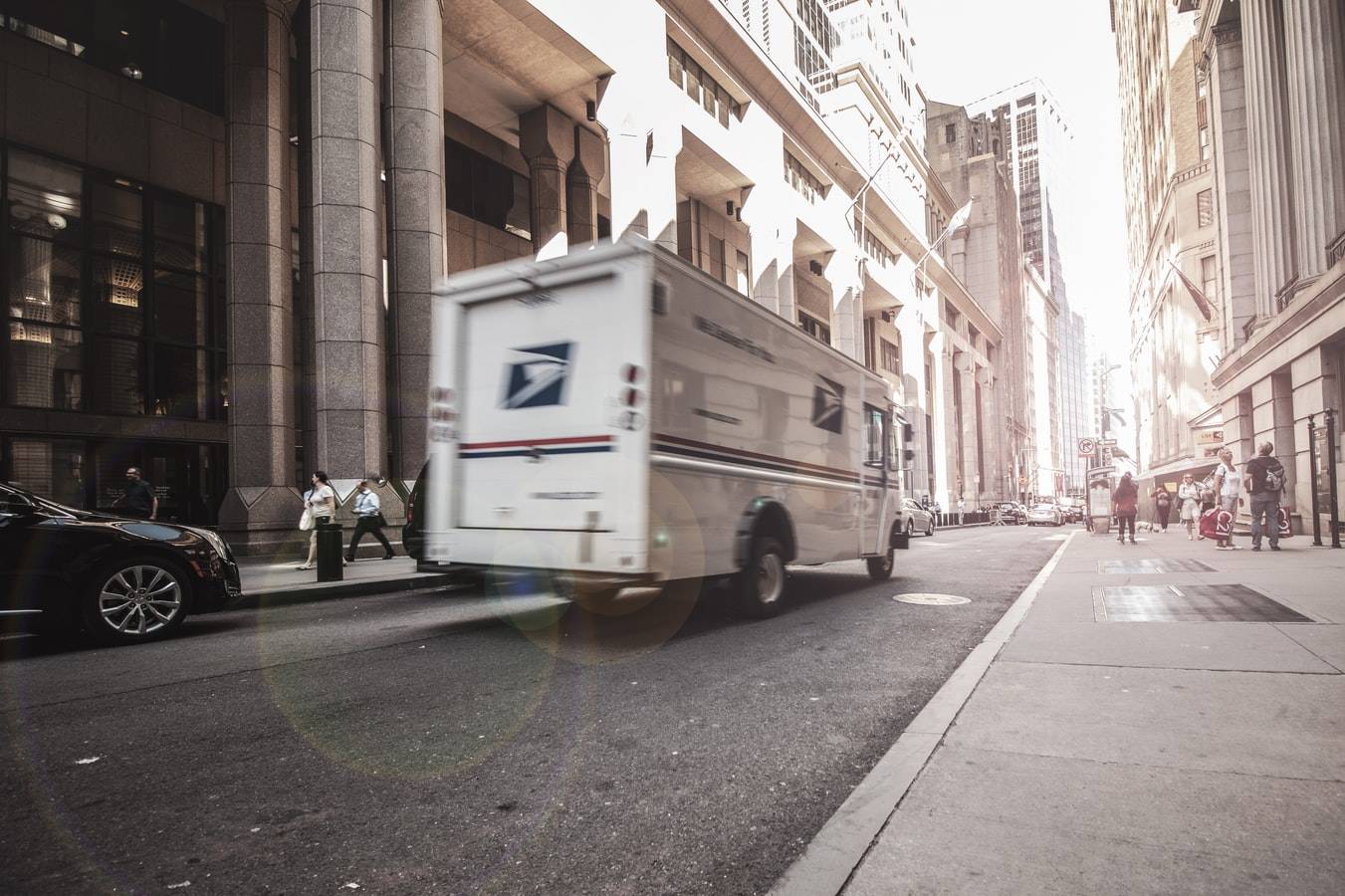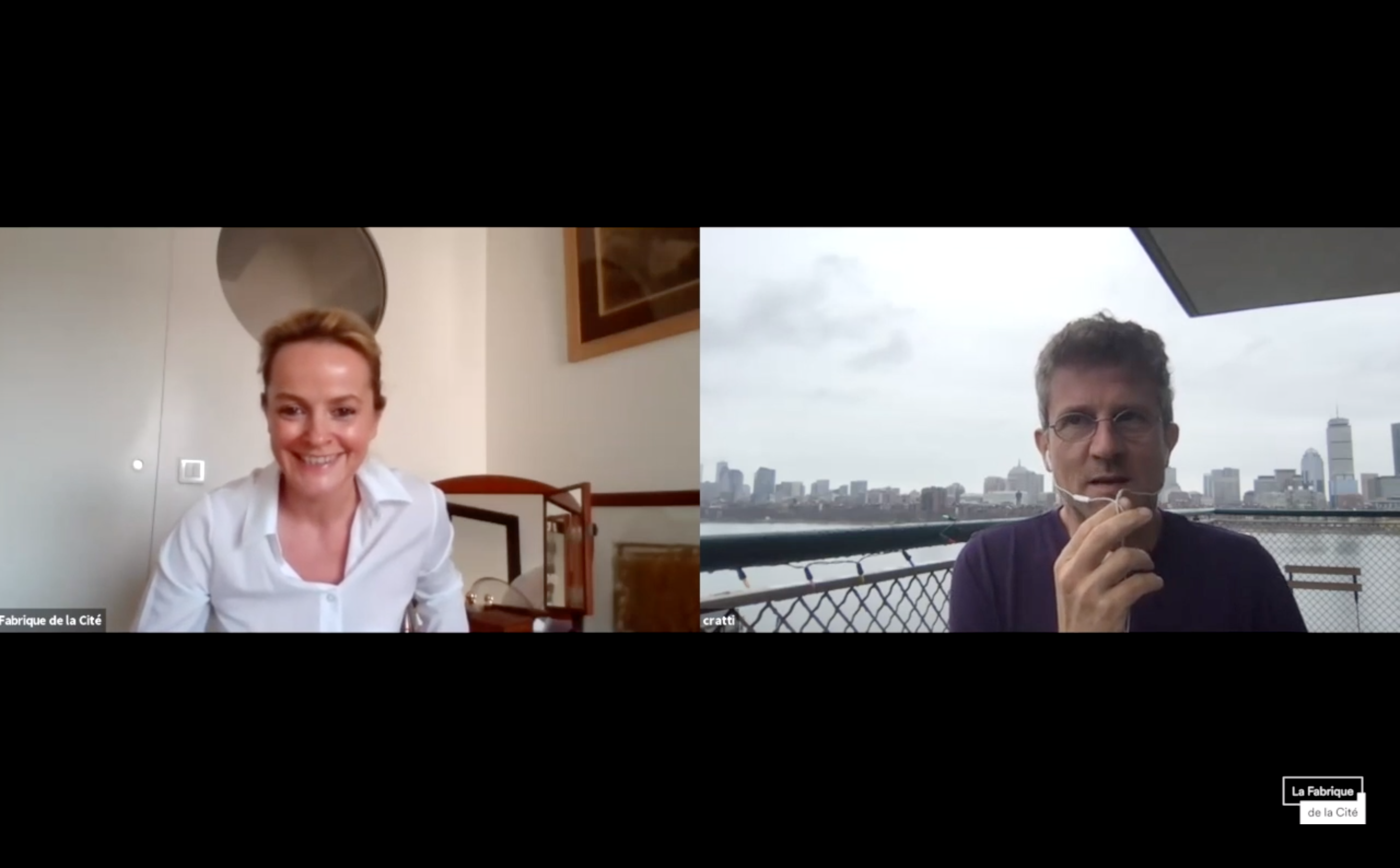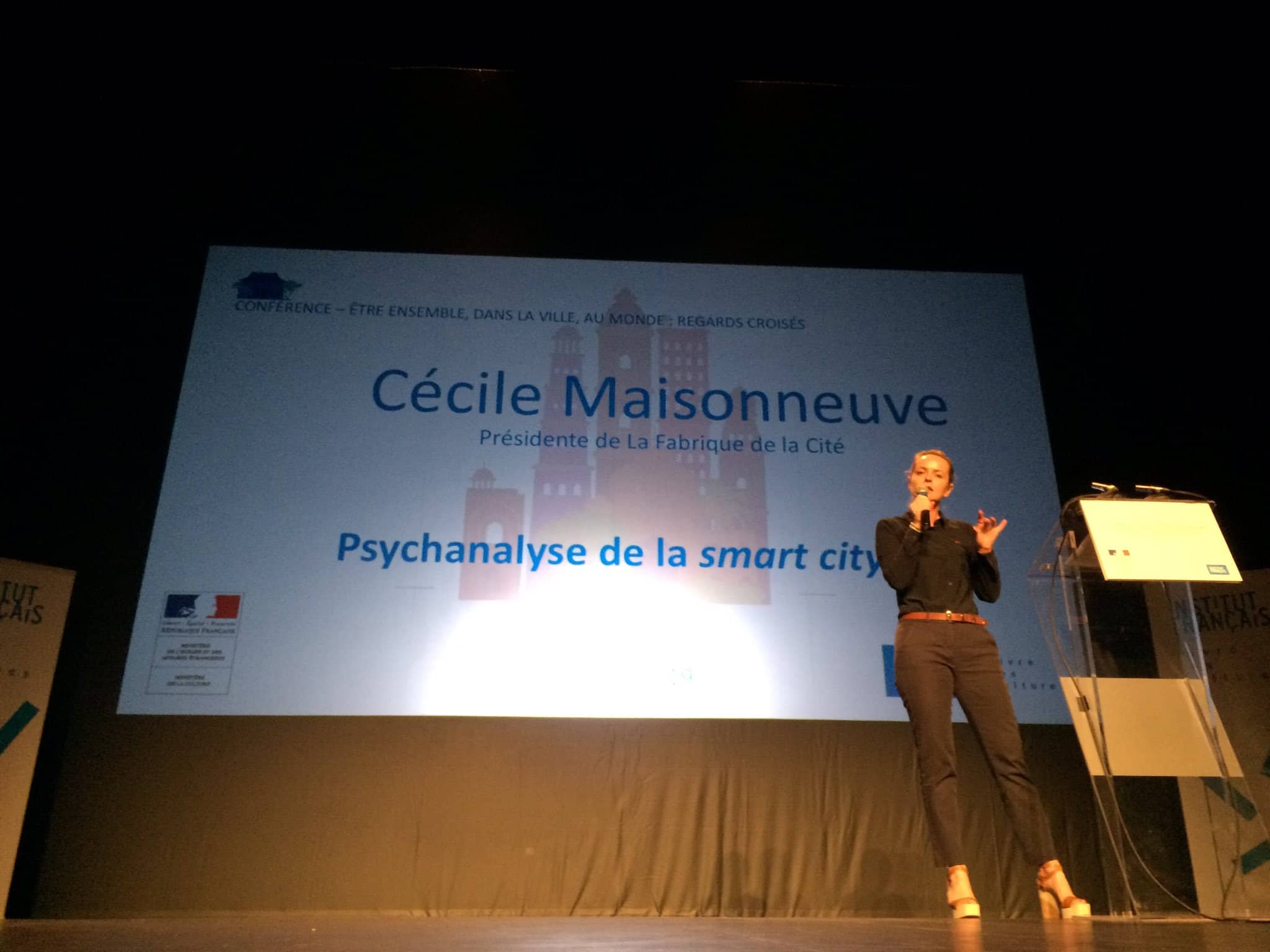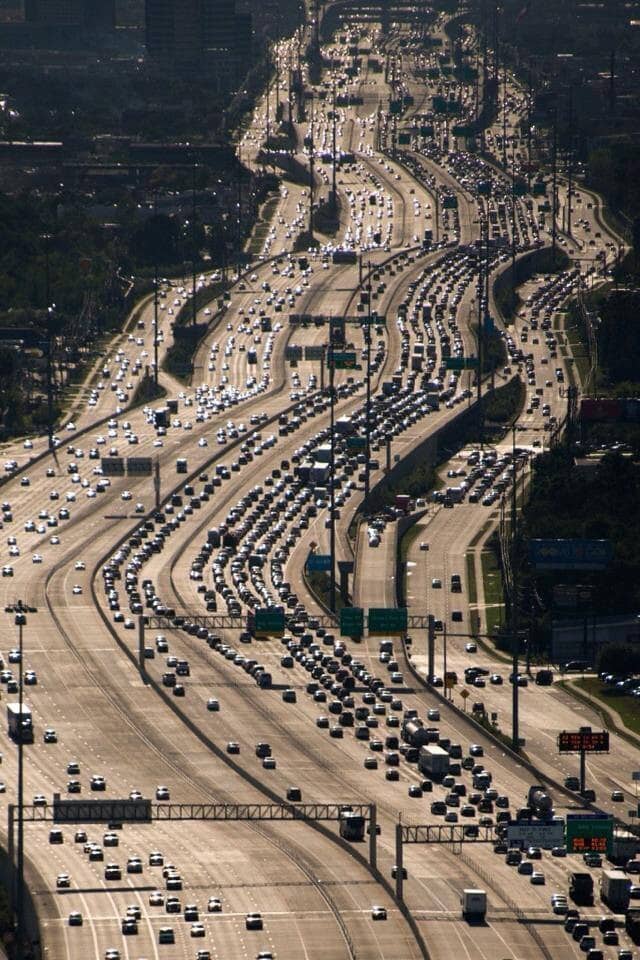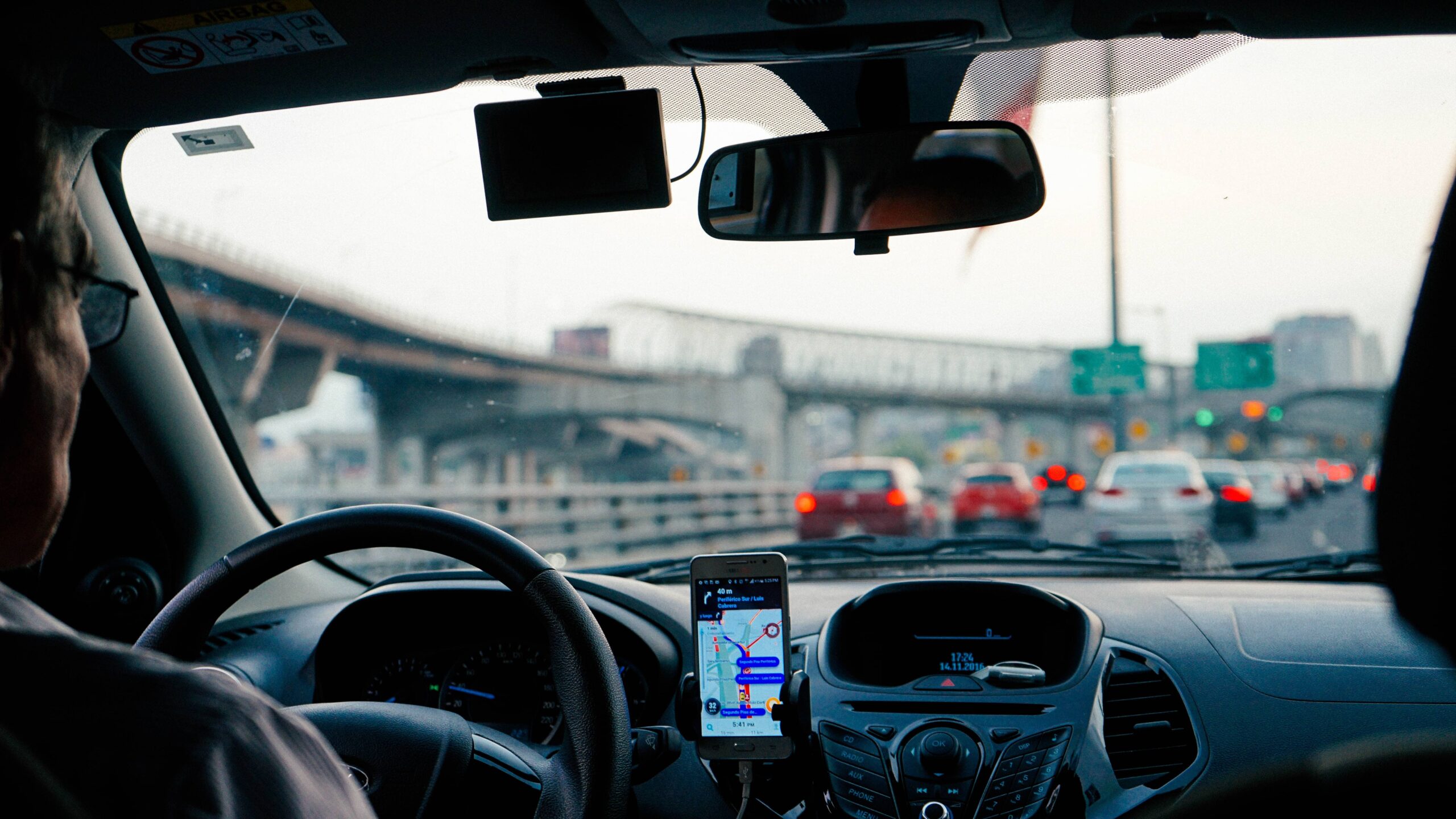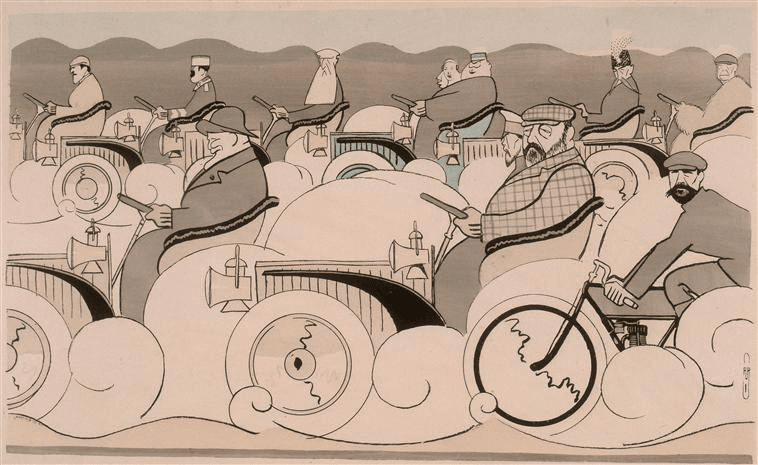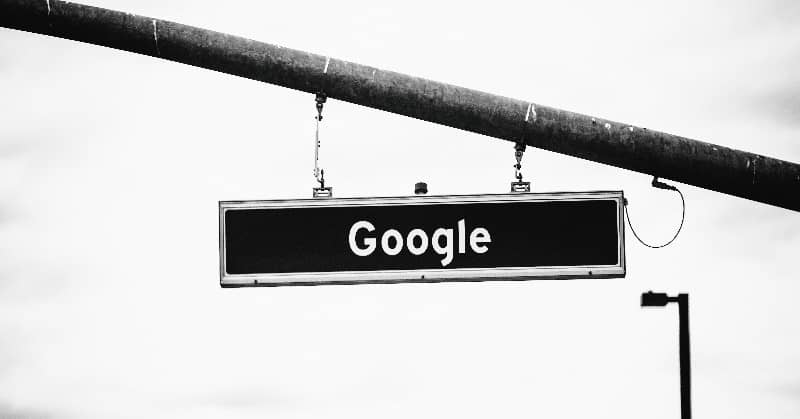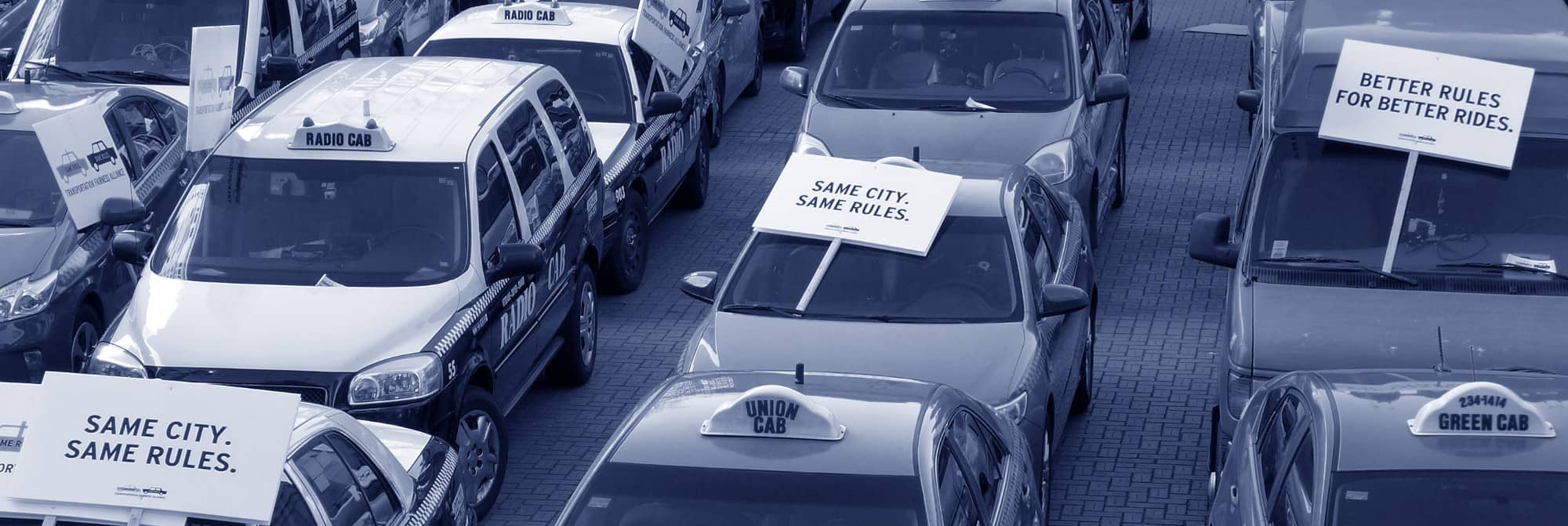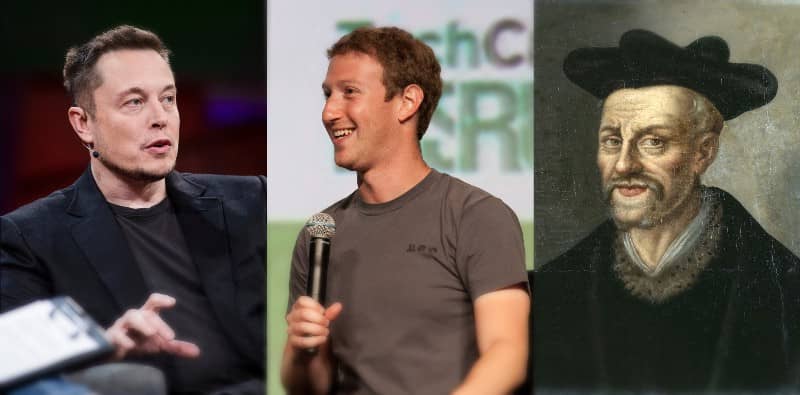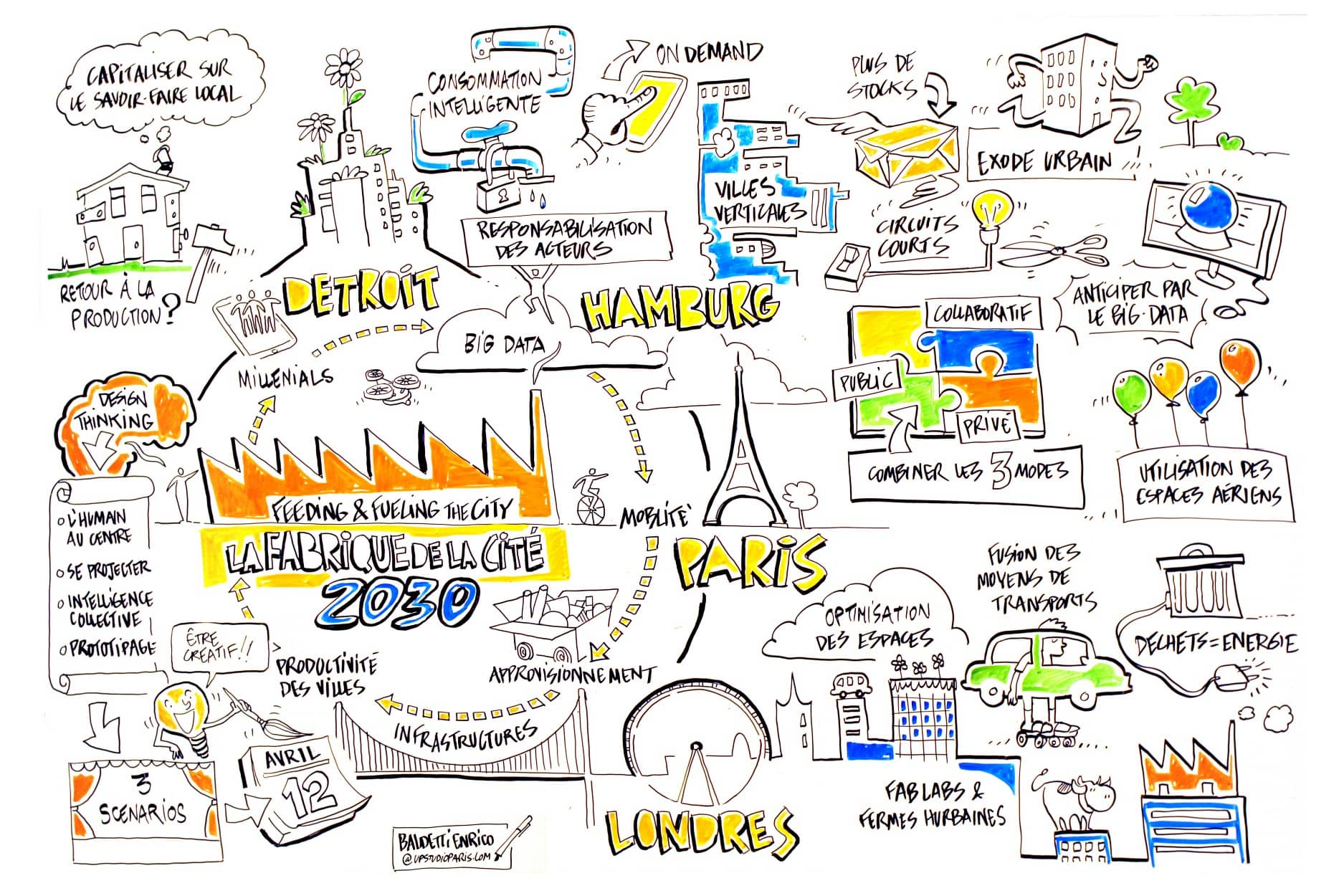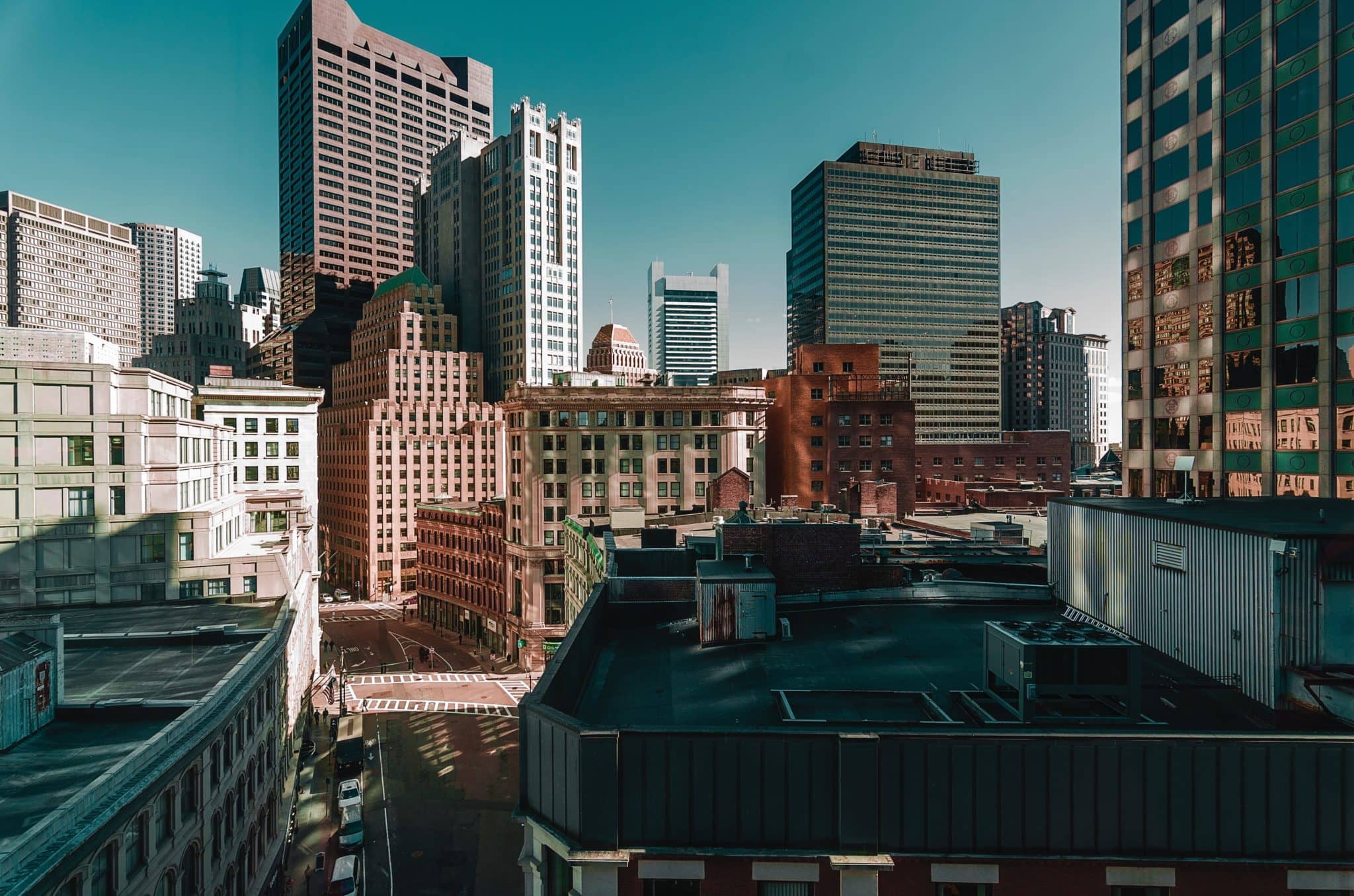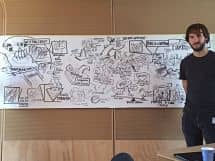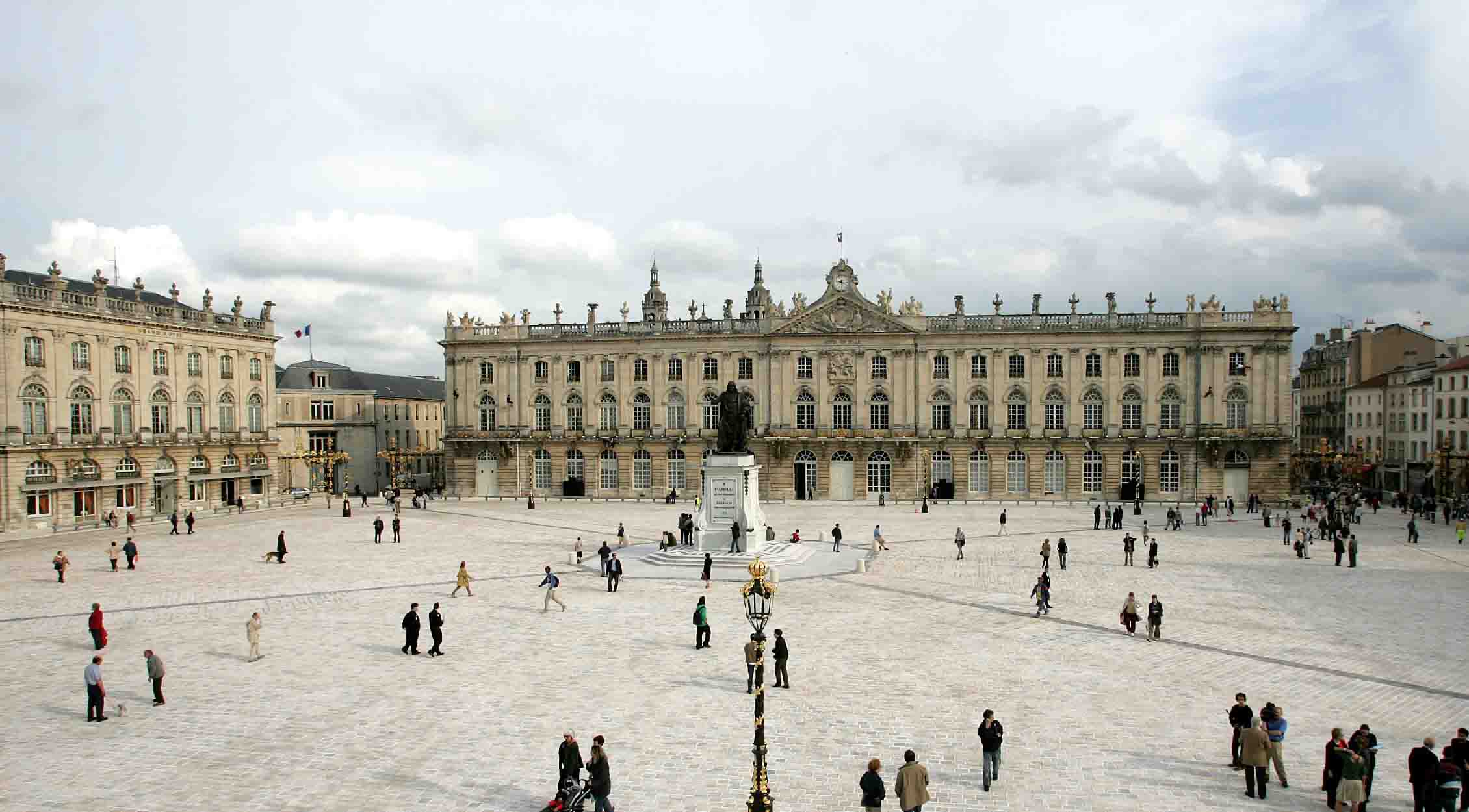This op-ed first appeared in Urban Snapshot (Christmas Edition) by La Fabrique de la Cité.


“Once Upon a Time”…
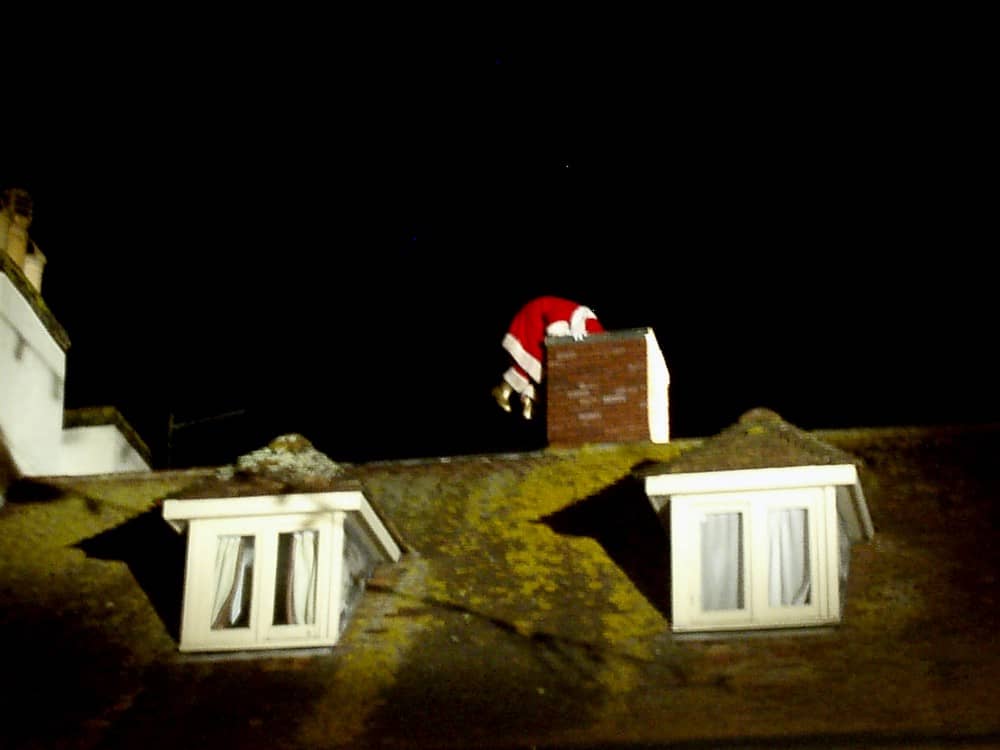
The special night is almost upon us! He has been preparing the event with his teams for close to six months, and now Santa Claus is about to embark on his annual journey, delivering presents for the year 2017.
The organization is well-oiled: for several centuries, accompanied by his reindeers, he has traveled the whole world to offer presents to the young and the less young. Yet in spite of his old age and an outdated mode of transport, Santa must now get used to new technologies that have emerged far from Lapland. Exhausted by a short and hectic task, Santa dreams of an ideal city where he could deliver presents more efficiently.
Long used to traditional Christmas letters coming in all year-round, Santa has had to face the rise of Internet. In 2016, almost 87% of connected French citizens prepared their letter to Santa over the Internet; among them, 70% sent said letters by the same means. Those wishlists allowed the Lapland teams to ensure that everyone would receive their presents in due time. No room for mistakes, then, in the logistics chain: Santa can’t afford delivering too late or getting an address wrong. One belated delivery means not just one, but potentially ten disappointed children.
Santa and his teams will also do their very best to better understand each and every person’s preferences thanks to the letters they receive. Optimizing shipments implies better management of stocks. The warehouses in Lapland are tasked with preparing the dispatch of all presents, everywhere, in a short timeframe: between Christmas eve and Christmas morning.
The success of this mission, far from obvious, hangs on preparing and organizing sleigh journeys based on time and location delivery preferences. To simplify the process, Santa and his teams can rely on user data (preferences, purchase predictions) but dream of a worldwise address database with which they could have a set of consolidated addresses on a global scale. Available in open source, this database would allow for a decrease in the rate of failure of first-pass deliveries (close to 17% in 2015) and could be used by other urban services.
Santa is aware of the magic his deliveries bring to households everywhere, and he’s not about to drop the classics: when possible, he will deliver presents by climbing down chimneys. But how can he do this in this day and age? From his sleigh, he can’t tell the difference between open and closed chimneys or even chimney-less houses! Yet through precise modeling of all buildings at the scale of the city (City Information Modelling), Santa could know precisely which entranceway to use in order to deliver his presents; no longer would his stoutness slow down his delivery speed.
Finally, as for the past several centuries, Santa will keep using his reindeers, a clean and flexible mode of transport at a time when more and more cities are banning diesel. Here’s hoping he won’t have to deal with a revolt from those reindeers, less inclined to leave behind Lapland’s pure air…
We wish you a merry Christmas and excellent holidays!
These other publications may also be of interest to you:

Behind the words: urban congestion

Behind the words: food security
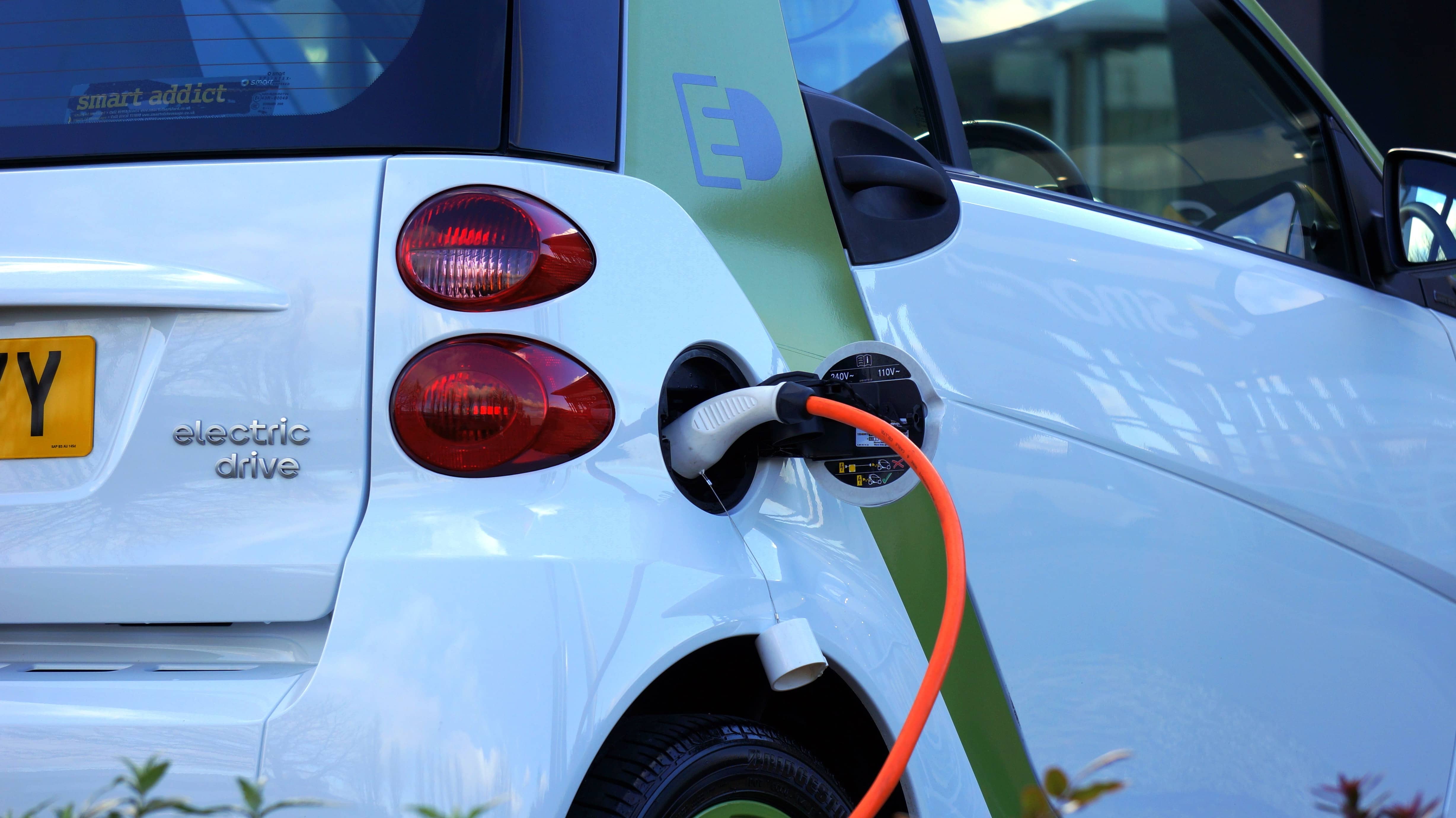
The political and technological challenges of future mobilities

Feeding and fueling the city

Boston Focus

Data for urban citizens

Towards the Amazon city?

Towards data-driven cities?
La Fabrique de la Cité
La Fabrique de la Cité is a think tank dedicated to urban foresight, created by the VINCI group, its sponsor, in 2010. La Fabrique de la Cité acts as a forum where urban stakeholders, whether French or international, collaborate to bring forth new ways of building and rebuilding cities.















